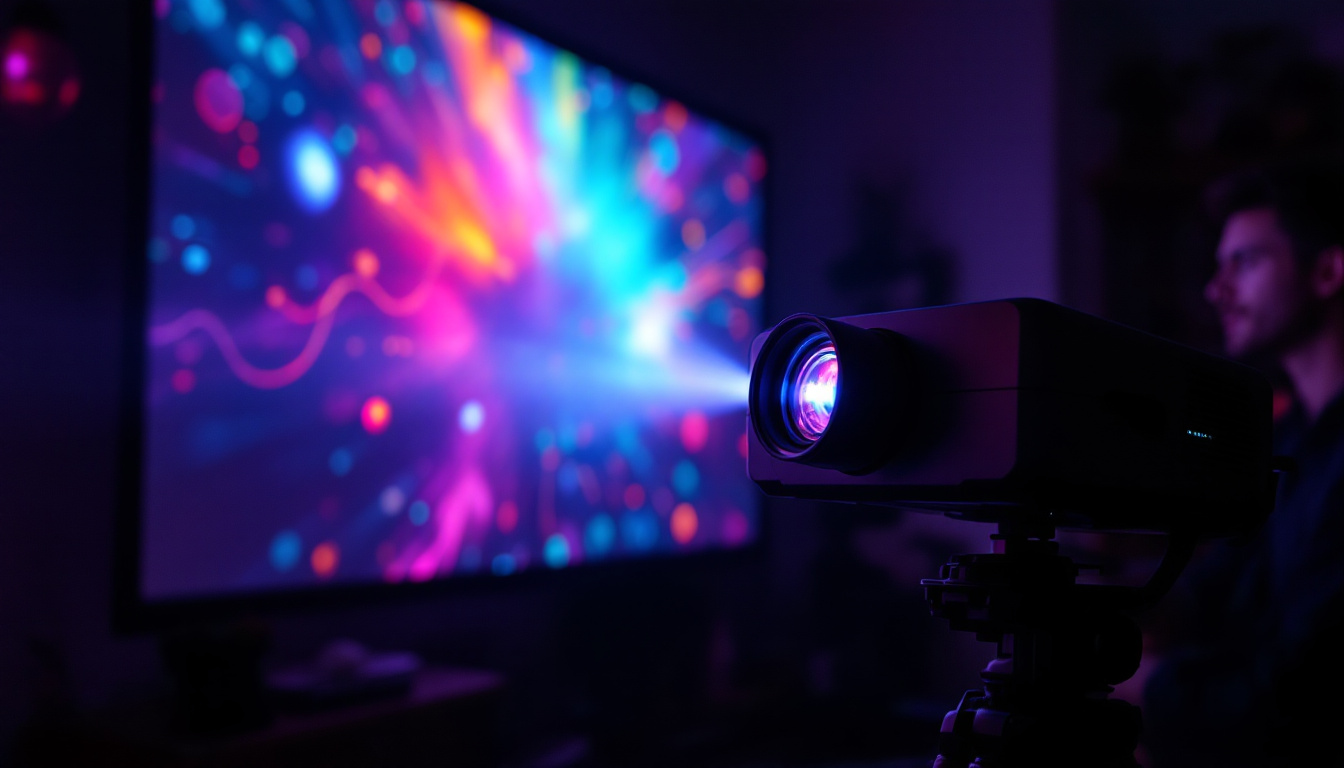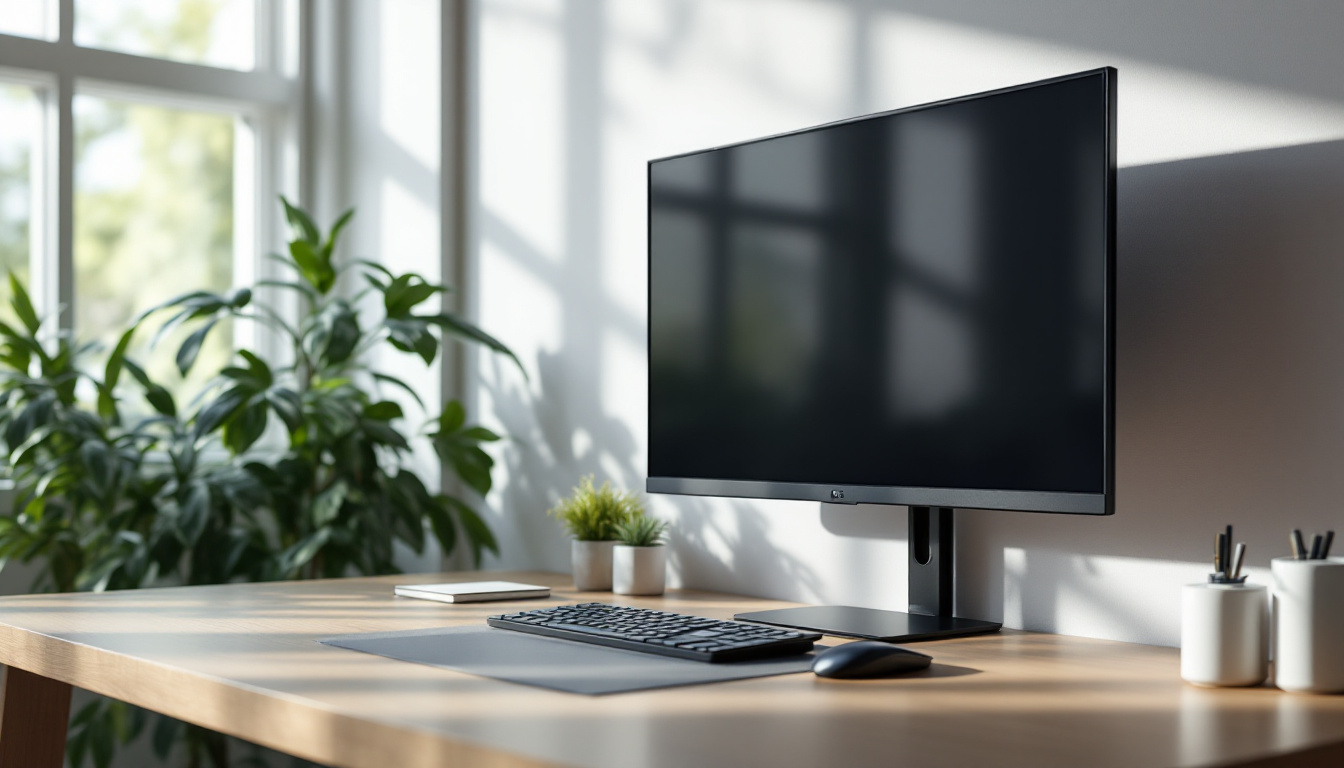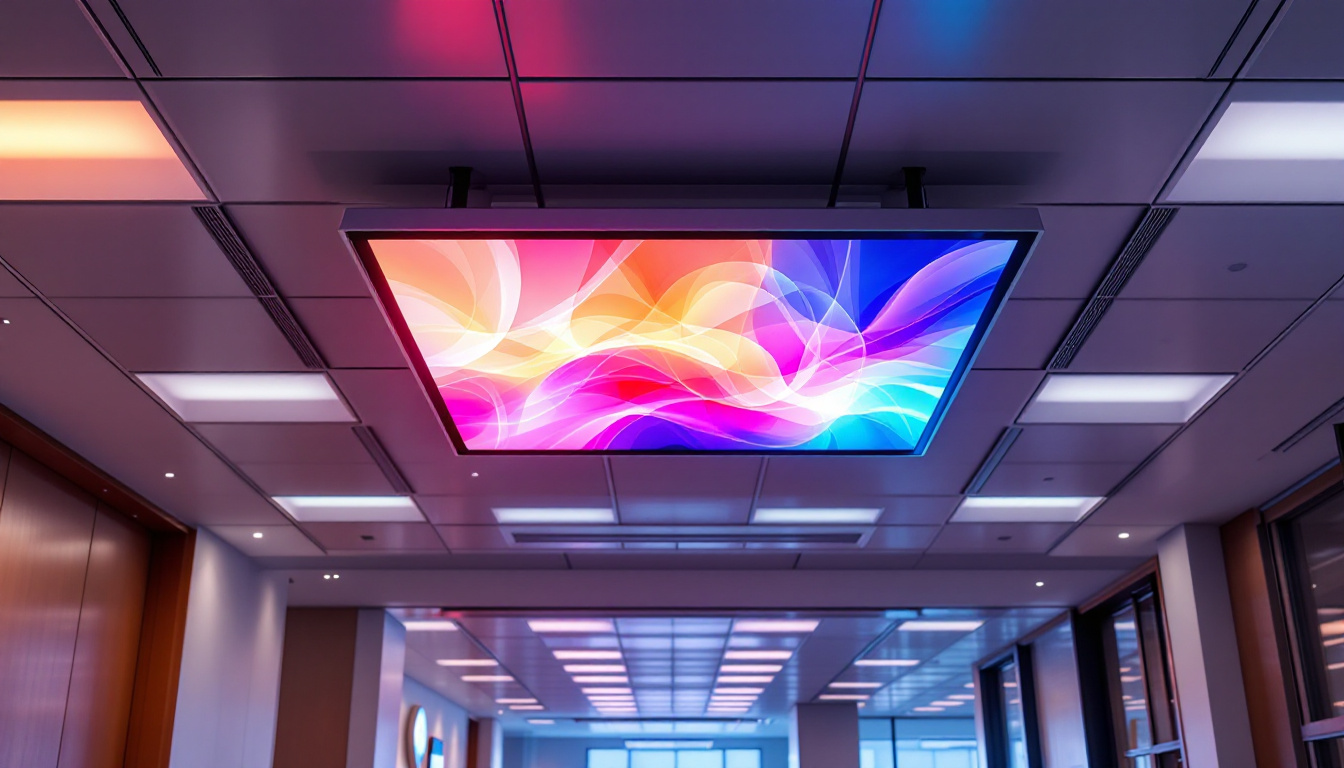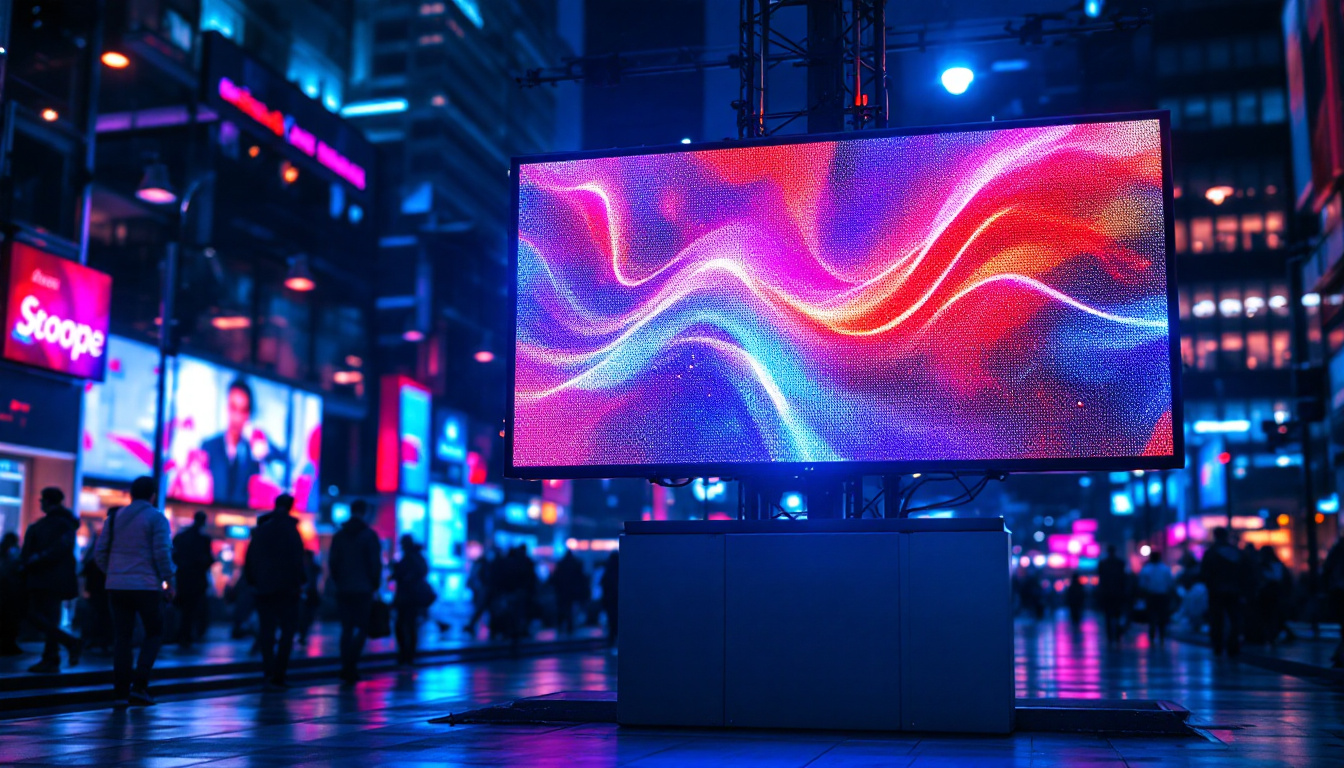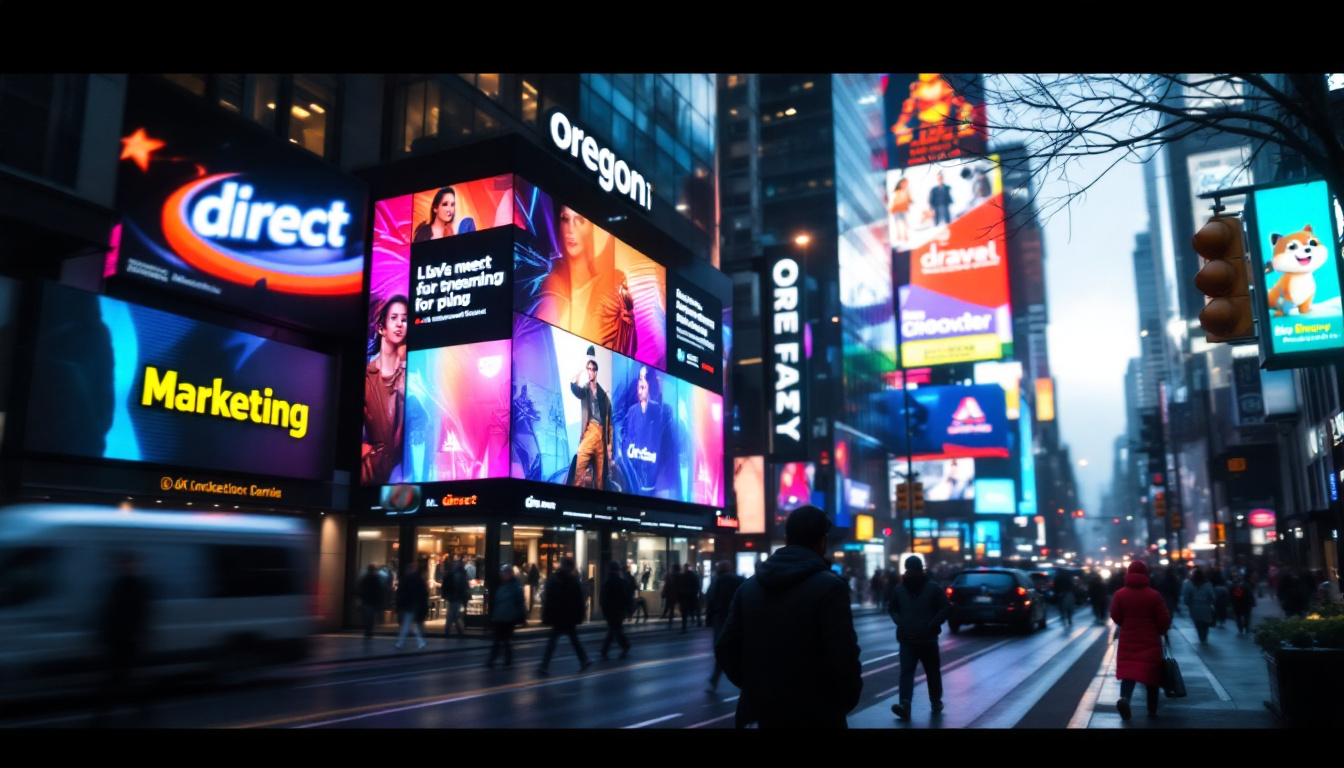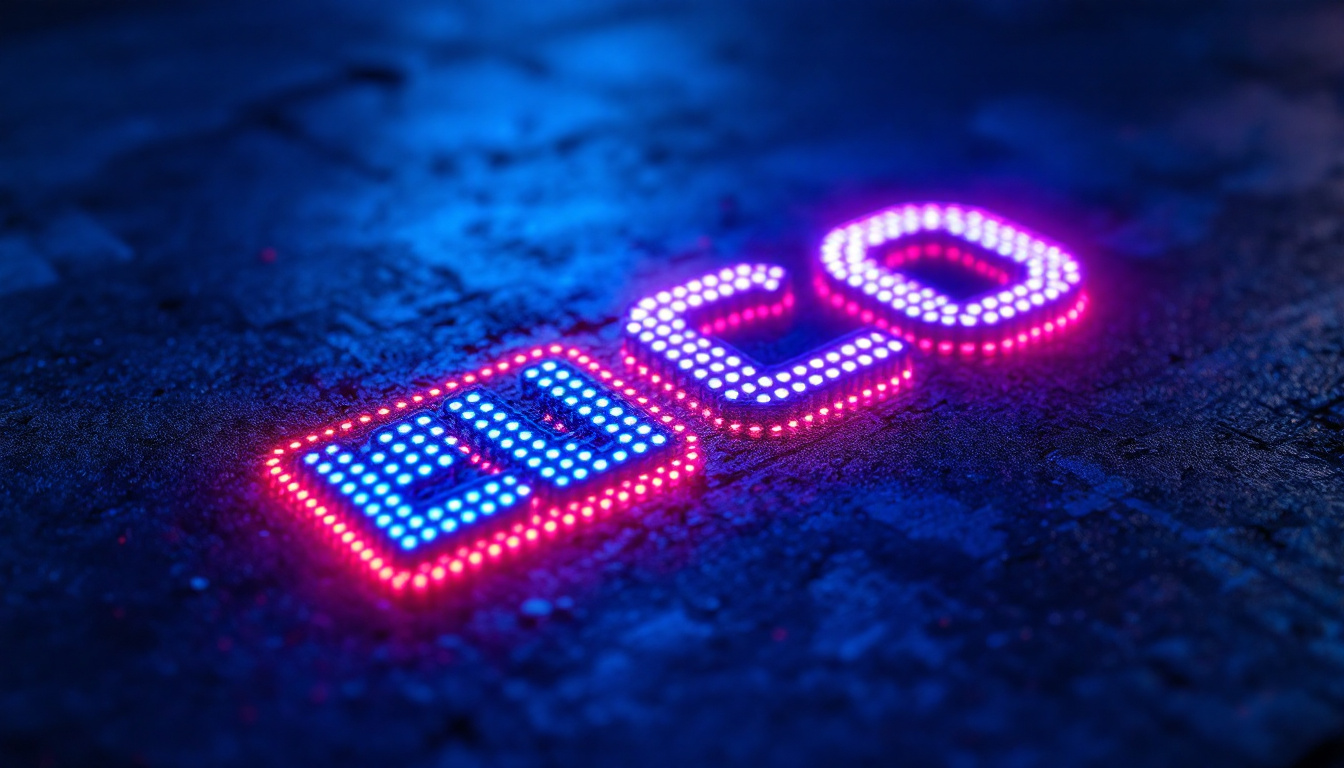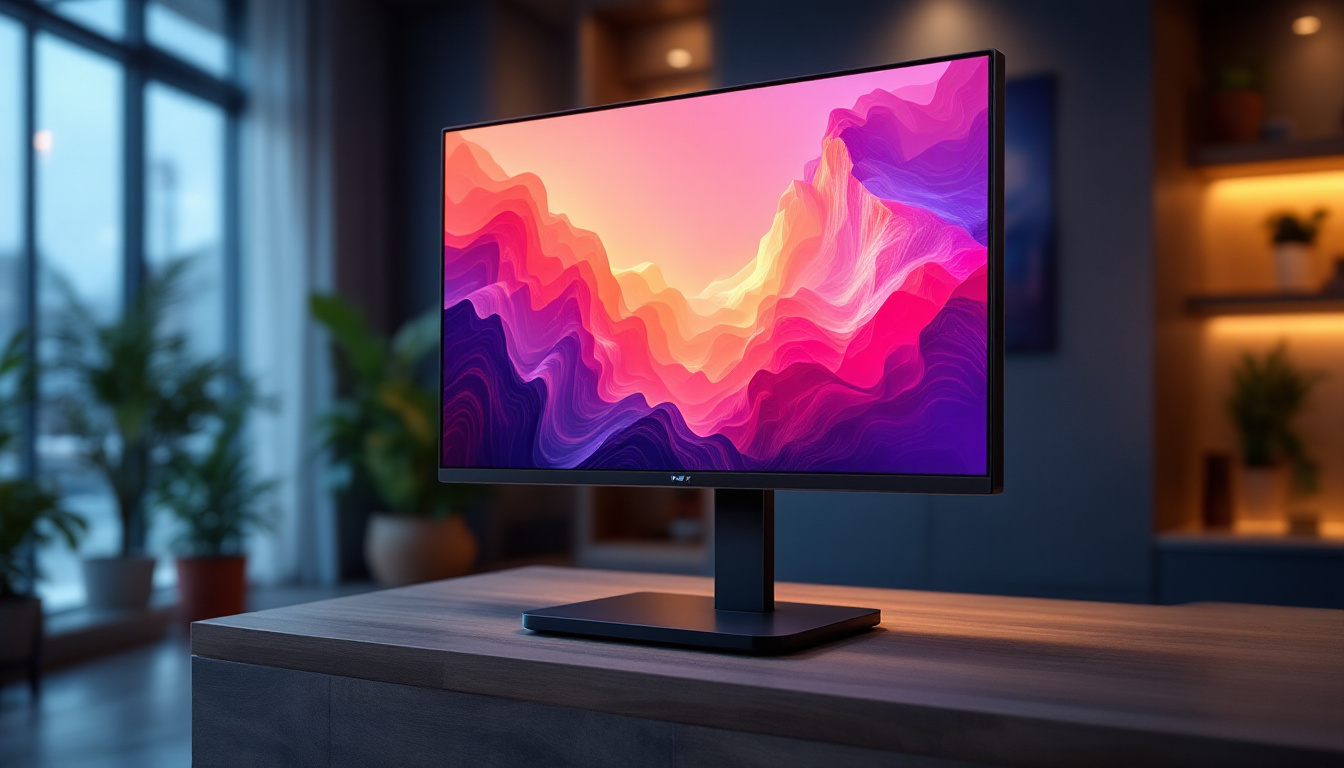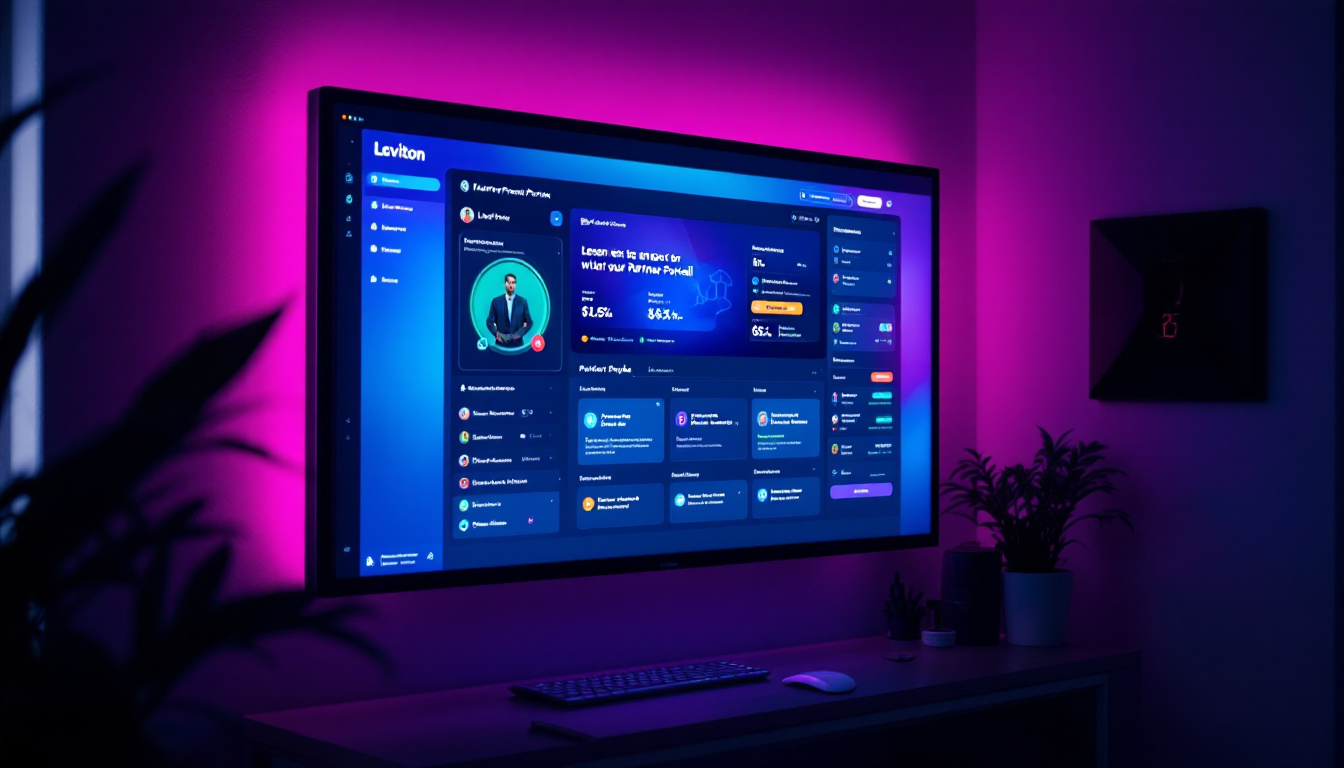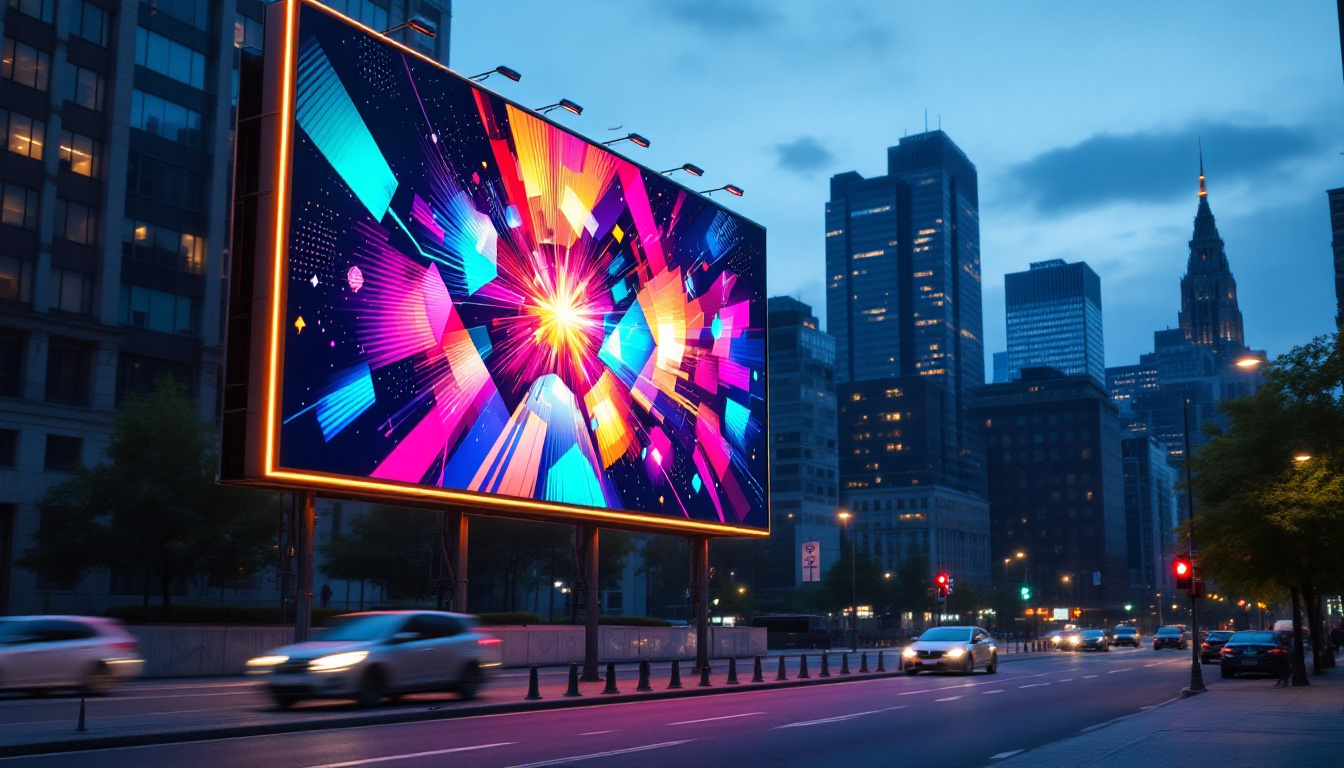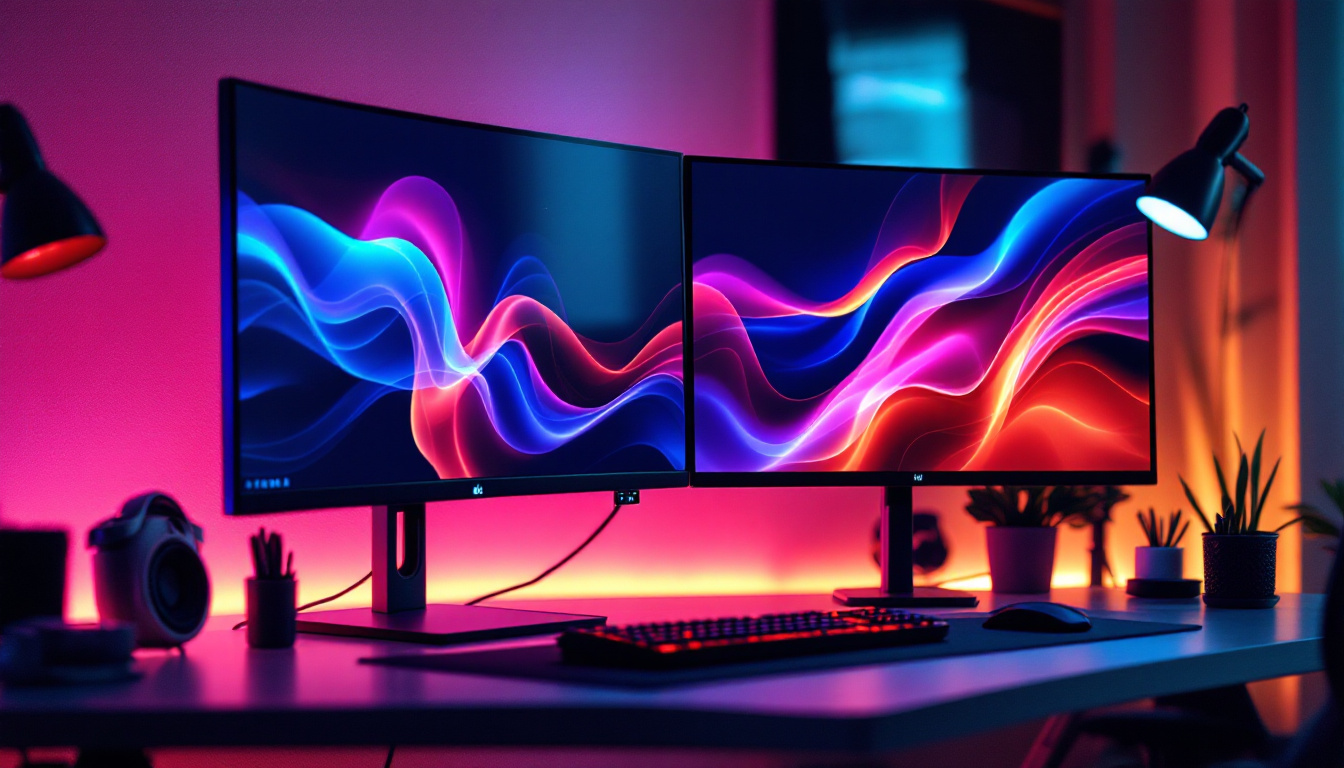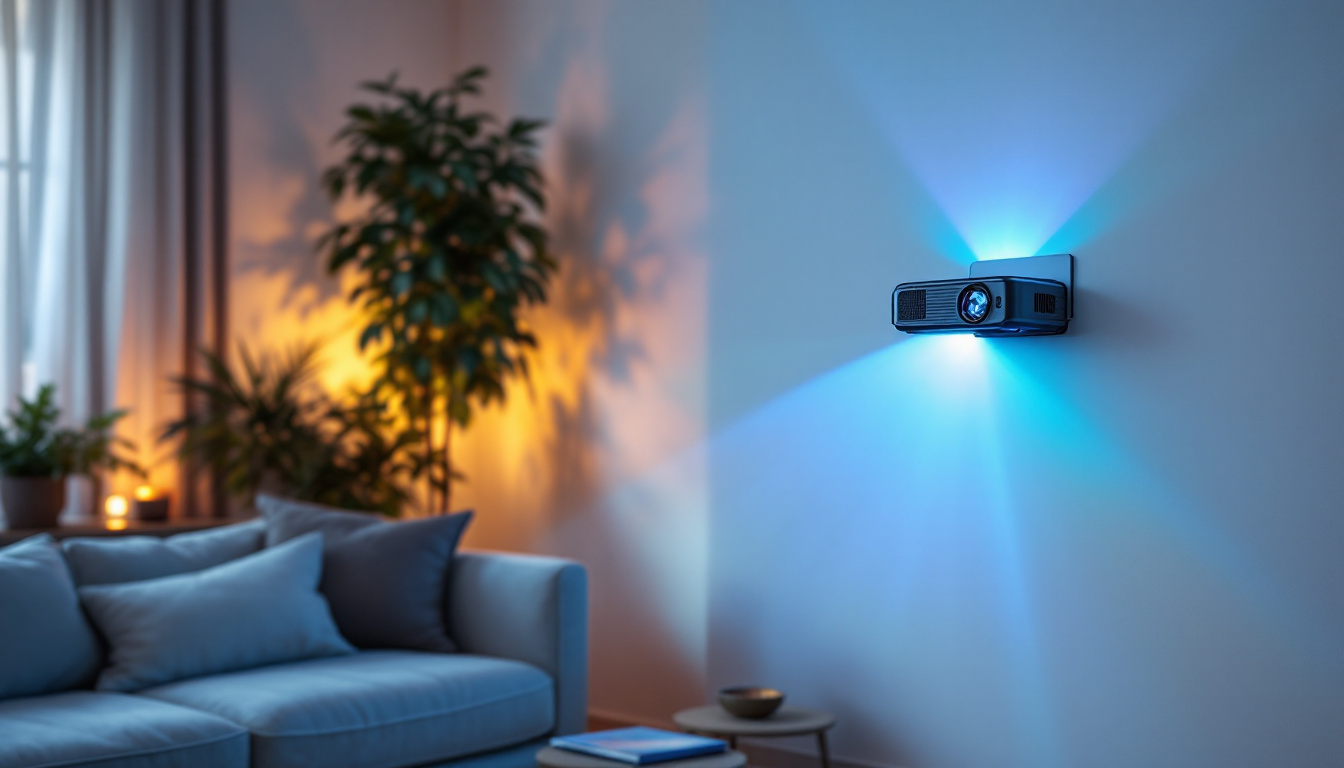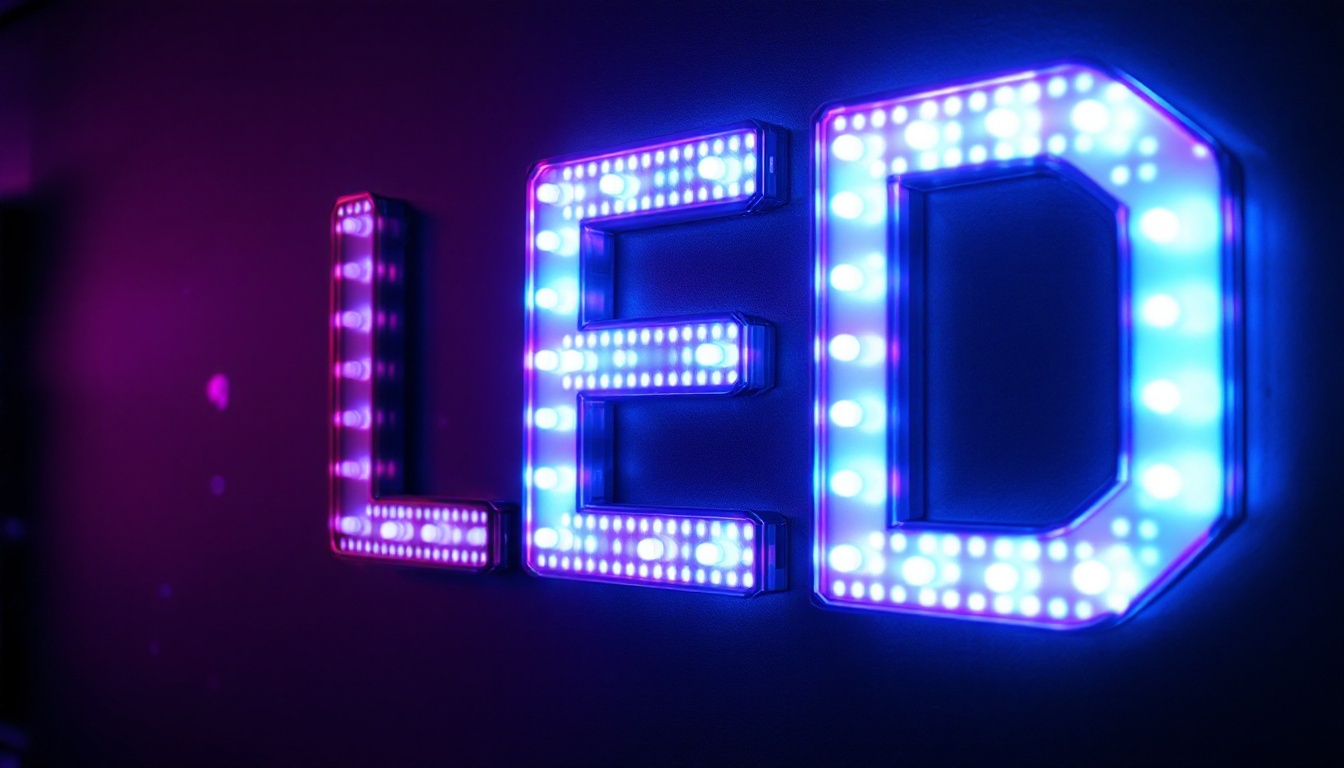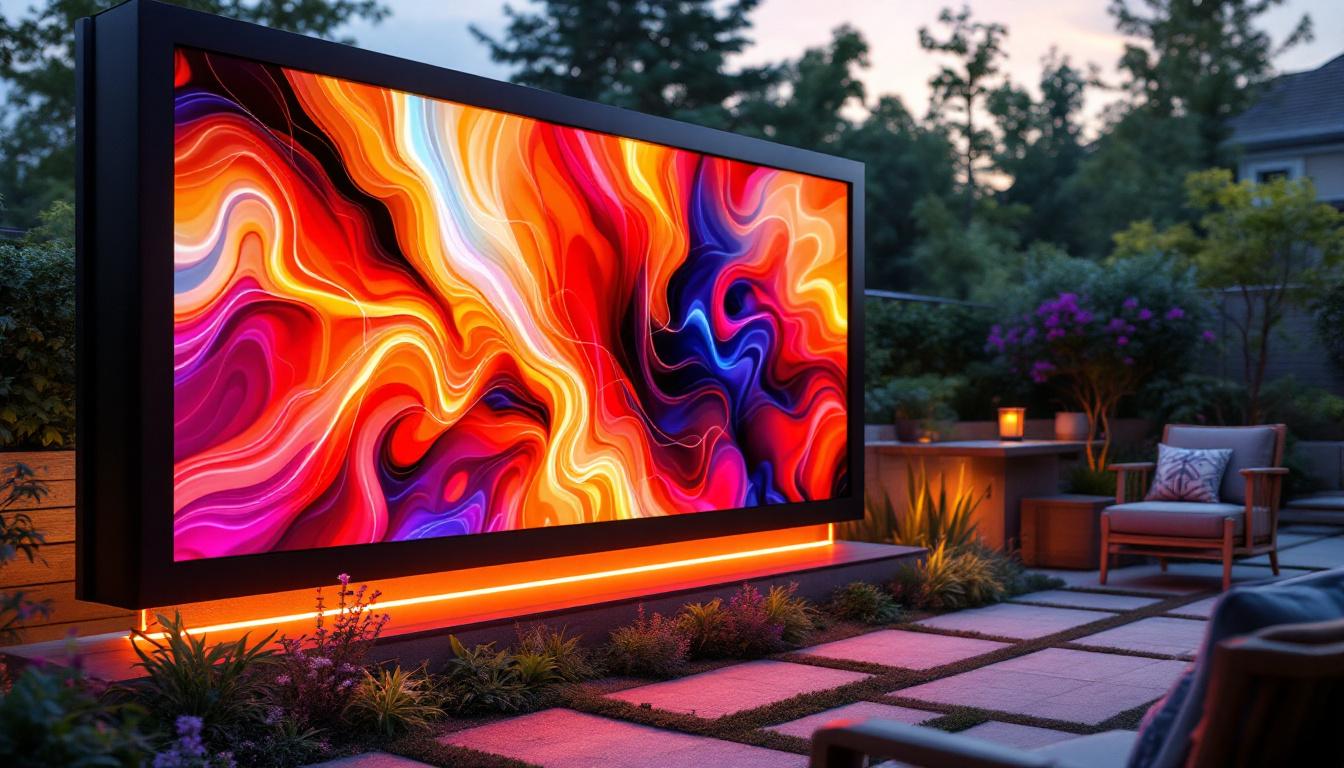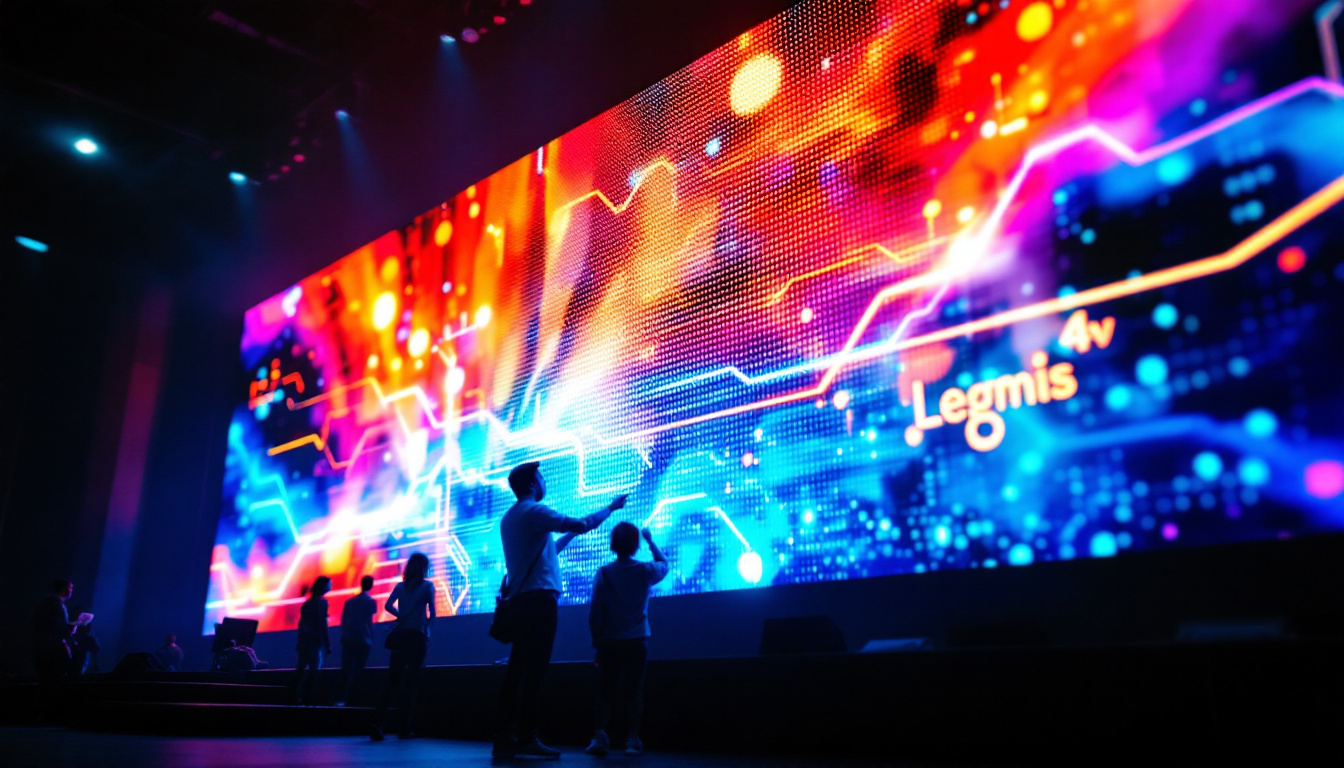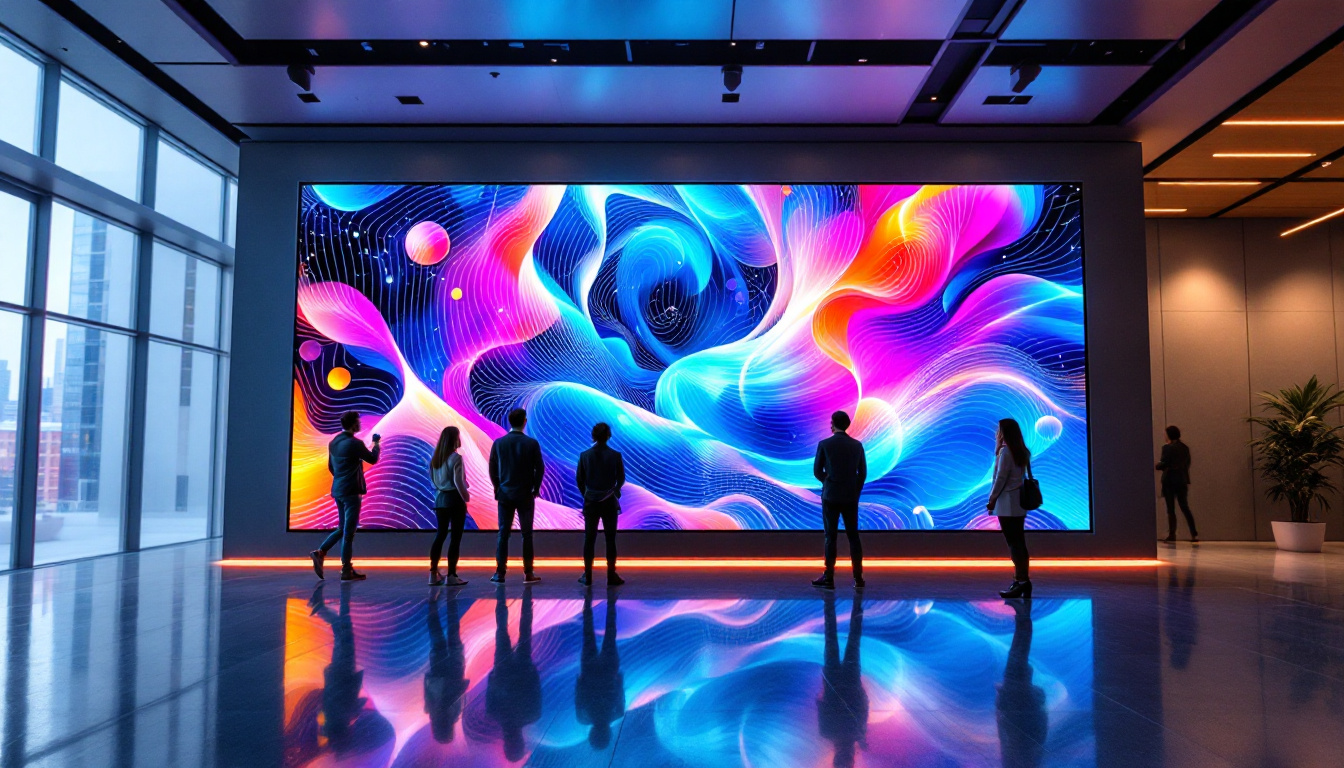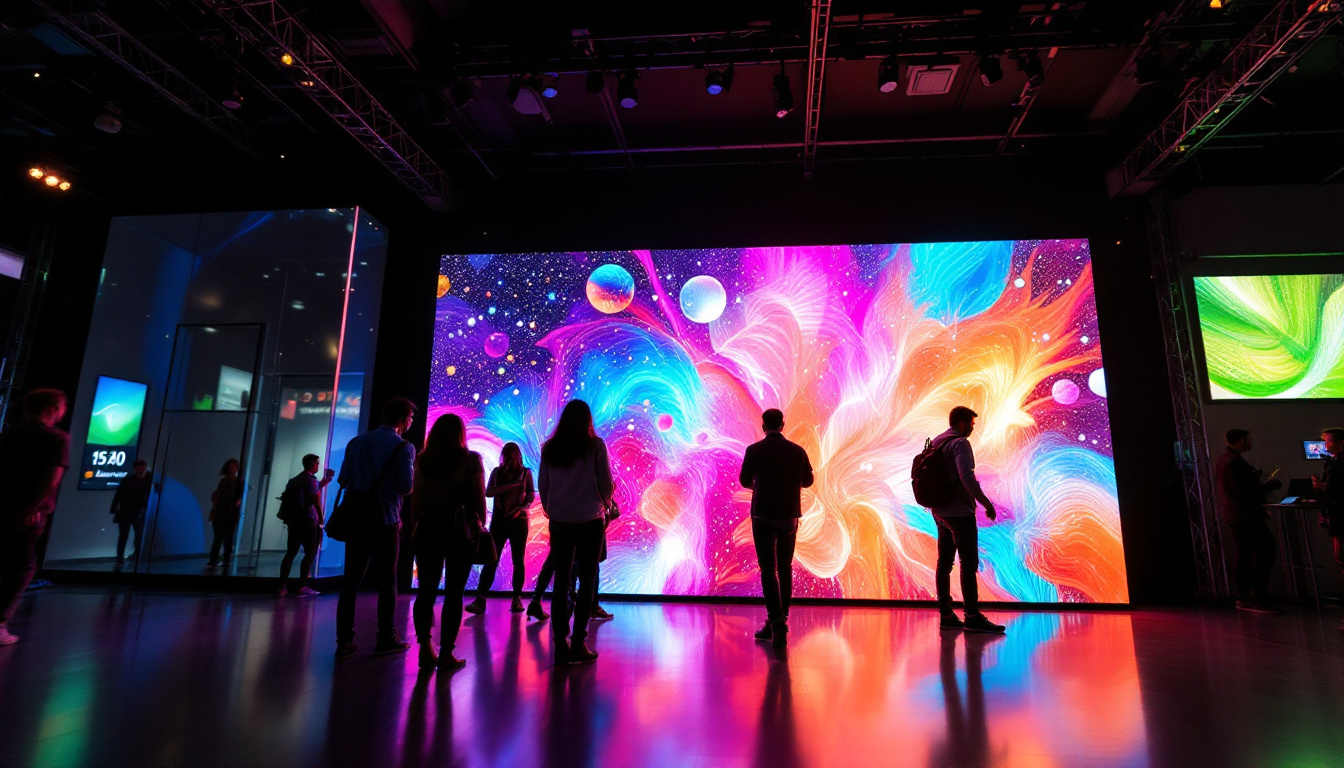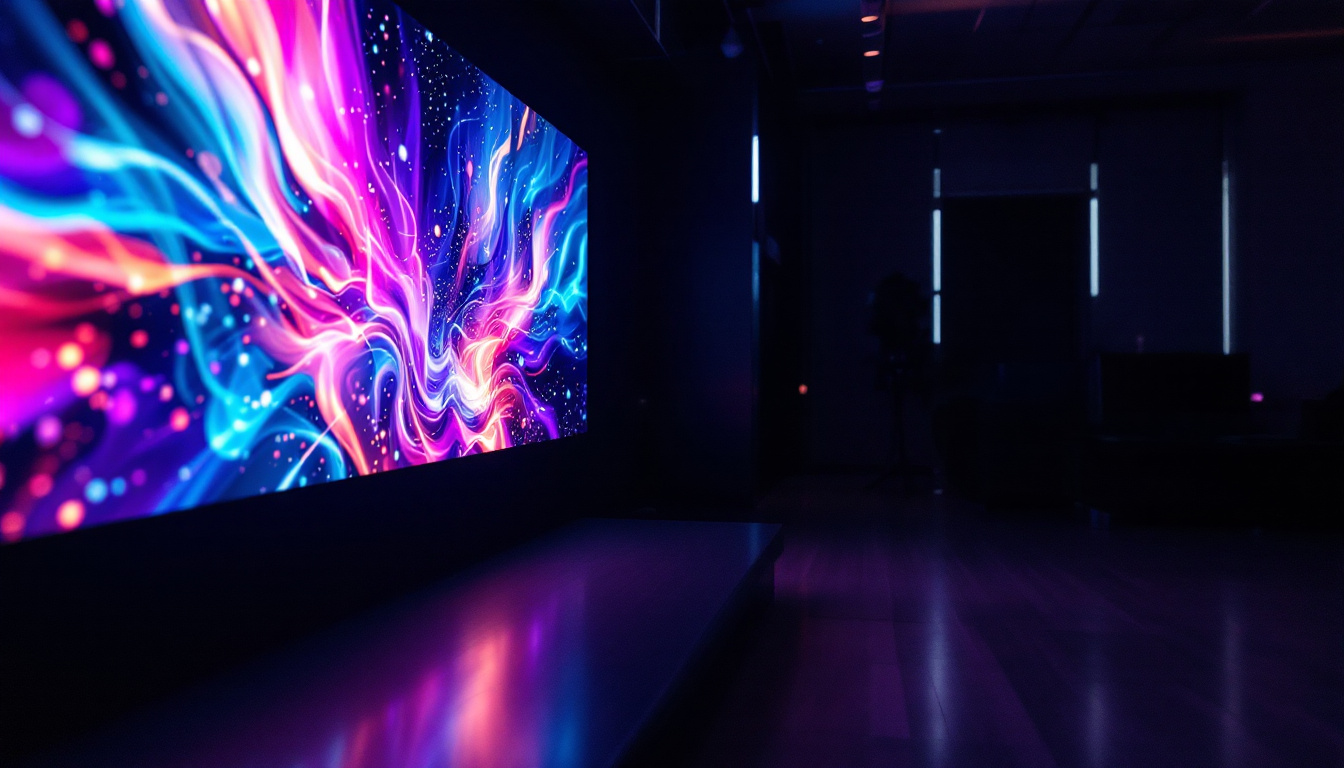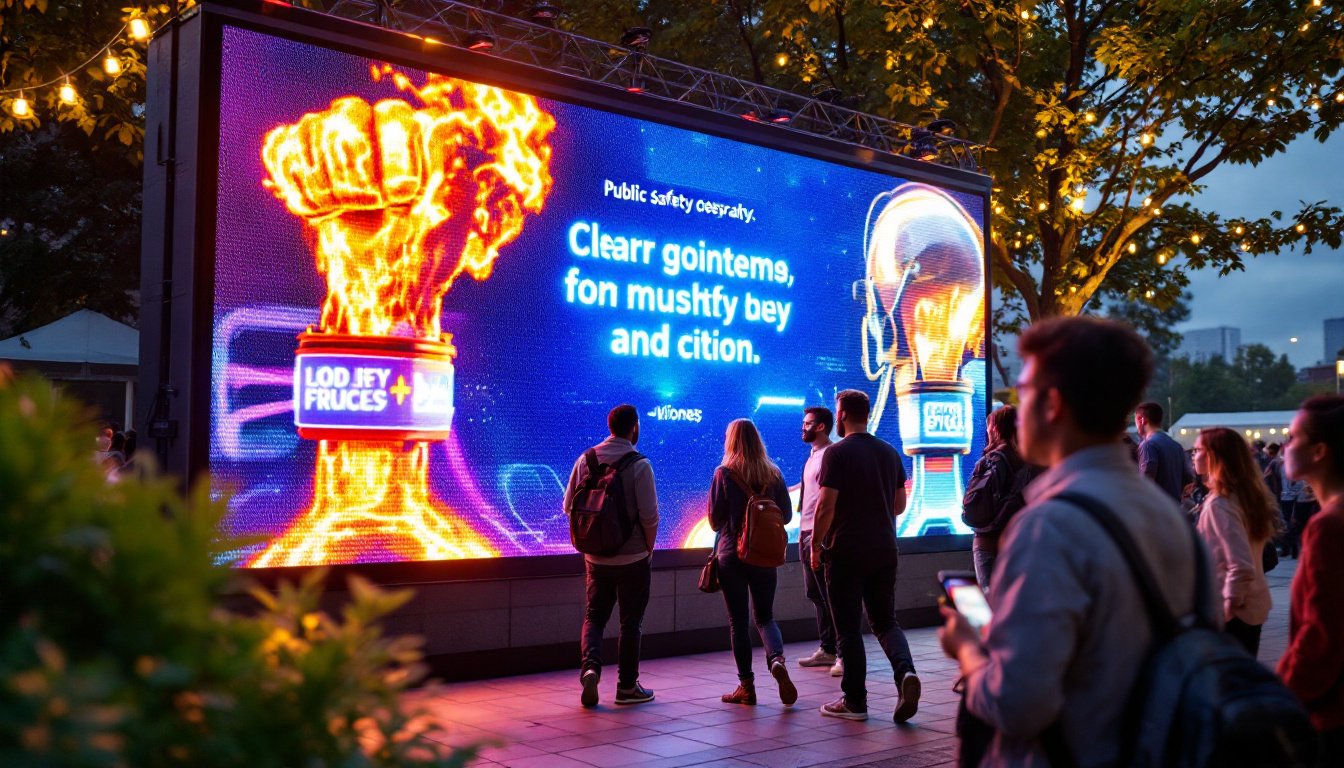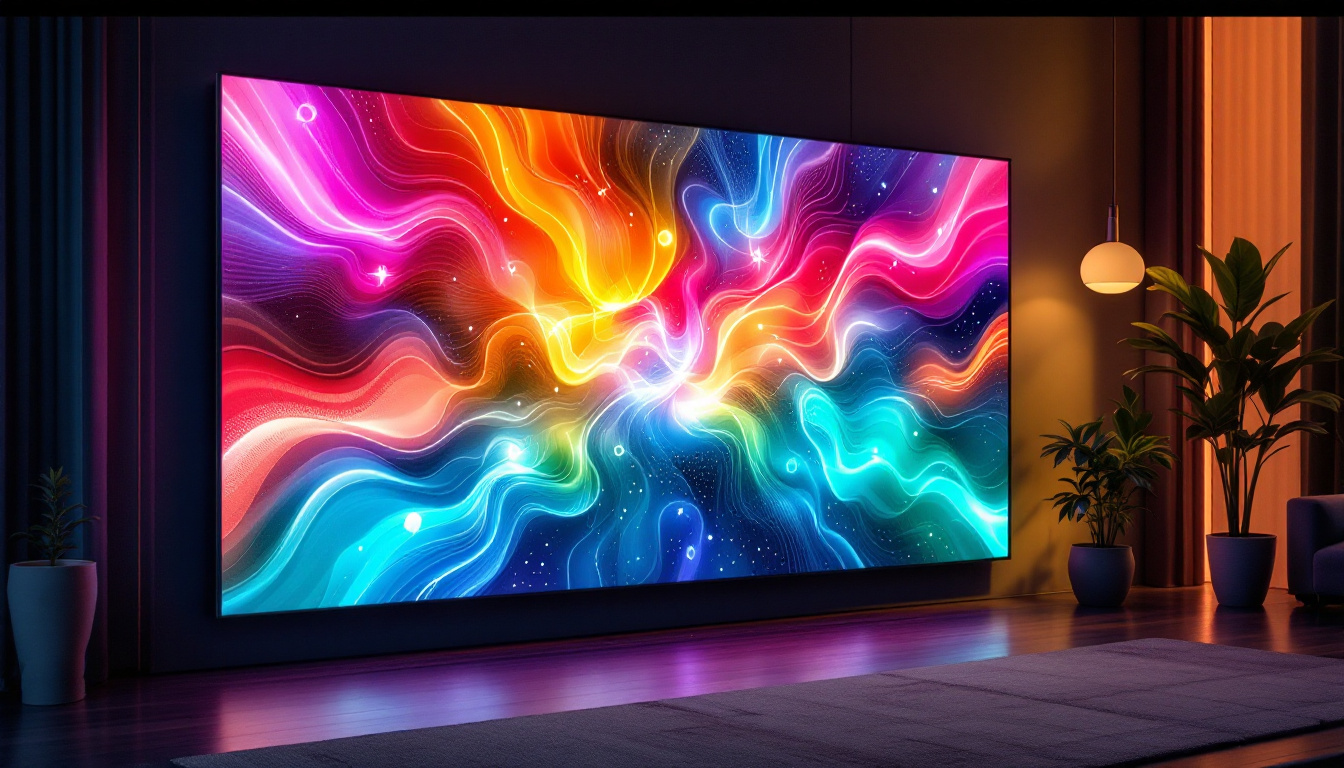In the world of visual technology, projectors play a pivotal role in delivering high-quality images for various applications, from home theaters to corporate presentations. One of the most critical factors influencing the effectiveness of a projector is its brightness, typically measured in lumens. Understanding how to calculate and interpret projector brightness is essential for making informed decisions, especially when considering LED displays. This article delves into the intricacies of projector brightness, the significance of LED technology, and how to utilize a projector brightness calculator effectively.
Understanding Projector Brightness
Projector brightness is quantified in lumens, which indicate the amount of light emitted by the projector. A higher lumen rating generally means a brighter image, which is crucial for visibility in various lighting conditions. However, the ideal brightness level can vary based on the intended use and environment.
Factors Influencing Brightness Requirements
Several factors influence the brightness requirements for a projector. These include ambient light conditions, screen size, and the distance between the projector and the screen. In a brightly lit room, a projector with a higher lumen output is necessary to ensure that the image remains clear and vibrant. Conversely, in a darkened environment, a lower lumen rating may suffice.
Screen size also plays a significant role. A larger screen requires more lumens to maintain image quality, as the light is dispersed over a greater area. Additionally, the throw distance—the distance from the projector to the screen—can affect perceived brightness. A projector positioned farther away may need to compensate for the distance with a higher lumen output.
Another important consideration is the type of content being displayed. For instance, presentations that rely heavily on text and graphics may require different brightness levels compared to movies or video games, where color saturation and contrast are paramount. Furthermore, the type of screen used can also impact brightness; a matte screen may absorb more light, necessitating a brighter projector to achieve the same visual impact as a glossy screen, which reflects light more effectively.
Common Brightness Ratings
Projectors are available in a range of brightness ratings, typically categorized as follows:
- Low Brightness (less than 1,000 lumens): Suitable for dark environments, such as home theaters.
- Medium Brightness (1,000 to 2,500 lumens): Ideal for classrooms and conference rooms with controlled lighting.
- High Brightness (2,500 lumens and above): Best for large venues or environments with significant ambient light.
Choosing the right brightness level is crucial for achieving the desired visual experience. A projector that is too dim may result in washed-out images, while one that is excessively bright can cause eye strain. Additionally, projector technology has advanced significantly, with many modern projectors offering features such as dynamic brightness adjustment, which automatically alters the brightness based on the content being displayed. This capability can enhance the viewing experience by ensuring optimal brightness levels for different scenes, making it a valuable feature for both home and professional use.
LED Technology in Projectors
LED projectors have gained popularity due to their unique advantages over traditional lamp-based projectors. LED technology offers several benefits, including improved brightness, longer lifespan, and enhanced color accuracy.
Advantages of LED Projectors
One of the primary advantages of LED projectors is their ability to produce vibrant colors and deep contrasts. This is largely due to the way LED lights emit color, providing a broader color spectrum compared to traditional lamps. As a result, images appear more lifelike and engaging.
Additionally, LED projectors have a significantly longer lifespan, often lasting up to 20,000 hours or more. This longevity reduces maintenance costs and the frequency of bulb replacements, making LED projectors a cost-effective choice over time. Users can enjoy uninterrupted viewing experiences without the hassle of frequent replacements, which is particularly beneficial for businesses that rely on projectors for presentations or events.
Energy Efficiency and Environmental Impact
LED projectors are also more energy-efficient than their lamp-based counterparts. They consume less power while delivering comparable or superior brightness levels. This not only translates to lower electricity bills but also contributes to a reduced environmental footprint.
Moreover, LED technology does not contain harmful substances like mercury, which is often found in traditional projector lamps. This makes LED projectors a more environmentally friendly option, appealing to eco-conscious consumers and businesses alike. The reduced energy consumption also means that less heat is generated during operation, leading to quieter performance and less need for cooling systems, which can further enhance the projector’s overall efficiency and user comfort.
In addition to these benefits, LED projectors are often designed with portability in mind. Many models are compact and lightweight, making them ideal for on-the-go presentations or home entertainment setups. This versatility allows users to easily transport their projectors for various events, whether it’s a business meeting, a classroom setting, or a movie night with friends. The combination of vibrant visuals, energy efficiency, and portability makes LED projectors a compelling choice for a wide range of applications.
Using a Projector Brightness Calculator
A projector brightness calculator is a valuable tool for determining the appropriate brightness level needed for a specific application. By inputting various parameters, users can receive tailored recommendations that suit their unique requirements.
Key Inputs for the Calculator
When using a projector brightness calculator, several key inputs are typically required:
- Room Size: The dimensions of the room where the projector will be used.
- Ambient Light Conditions: The level of light in the environment, ranging from dark to bright.
- Screen Size: The diagonal measurement of the screen where the image will be projected.
- Throw Distance: The distance between the projector and the screen.
By providing this information, users can receive a more accurate assessment of the required lumen output for optimal viewing conditions. This ensures that the selected projector will perform effectively in the intended environment. Additionally, it’s worth noting that some calculators may also allow users to input specific projector types or technologies, such as DLP or LCD, which can further refine the recommendations based on how these technologies interact with light and color.
How to Interpret the Results
Once the inputs are entered into the calculator, the output will typically include a recommended lumen rating. It’s essential to interpret these results in the context of the specific use case. For example, if the calculator suggests a projector with 2,500 lumens for a conference room, it may be suitable for presentations in a well-lit space.
However, if the same projector is intended for a home theater setting, where ambient light is minimal, a lower lumen rating may be acceptable. Understanding the nuances of these recommendations can help users make informed decisions when selecting a projector. Moreover, it is also important to consider factors such as screen gain and color accuracy, as these can significantly affect the perceived brightness and quality of the projected image. A higher screen gain can enhance brightness in certain situations, but may also alter color fidelity, which is crucial for applications like film viewing or graphic design.
Considerations Beyond Brightness
While brightness is a critical factor in projector selection, several other considerations should not be overlooked. These include resolution, contrast ratio, and connectivity options, all of which contribute to the overall performance and usability of the projector.
Resolution Matters
Resolution refers to the number of pixels that make up the projected image. Higher resolutions, such as Full HD (1920 x 1080) or 4K (3840 x 2160), provide sharper and more detailed images. This is particularly important for applications where fine detail is crucial, such as in graphic design or movie viewing.
Choosing the right resolution depends on the intended use and the size of the screen. A higher resolution may be necessary for larger screens to maintain image clarity, while smaller screens may not require such high pixel density. Additionally, it’s worth noting that as technology advances, the availability of 8K projectors is becoming more common, offering an even more stunning level of detail for those who demand the best visual experience. This evolution in resolution technology is reshaping how we perceive and interact with visual content, making it essential for users to stay informed about the latest options available in the market.
Contrast Ratio and Color Accuracy
The contrast ratio measures the difference between the darkest and lightest parts of an image. A higher contrast ratio results in deeper blacks and more vibrant colors, enhancing the overall viewing experience. This is especially important for cinematic experiences, where visual depth plays a significant role.
Color accuracy is another vital aspect to consider. Projectors that can reproduce colors faithfully will provide a more engaging viewing experience. Look for projectors that support a wide color gamut and have been calibrated for accurate color reproduction. Furthermore, some projectors come equipped with advanced color management systems that allow users to adjust settings to match specific viewing environments, ensuring optimal performance regardless of ambient light conditions. This level of customization can significantly enhance the viewing experience, making it more immersive and enjoyable, especially for home theaters or professional presentations where visual fidelity is paramount.
Conclusion
Understanding projector brightness and the role of LED technology is essential for anyone looking to invest in a projector. By utilizing a projector brightness calculator, users can ensure they select a model that meets their specific needs, taking into account ambient light conditions, screen size, and room dimensions.
While brightness is a crucial factor, it is equally important to consider resolution, contrast ratio, and color accuracy when making a decision. By weighing all these factors, users can make informed choices that enhance their viewing experience, whether for personal enjoyment or professional presentations.
In a rapidly evolving technological landscape, staying informed about the latest advancements in projector technology will empower users to make the best choices for their unique needs, ensuring that every presentation, movie night, or gaming session is a visual delight.
Discover LumenMatrix’s Advanced LED Solutions
Ready to elevate your visual experience with the latest in LED display technology? LumenMatrix is at the forefront of innovation, offering a wide array of LED display solutions tailored to your needs. From captivating Indoor LED Walls to dynamic Outdoor LED Displays, and from versatile Vehicle LED Displays to engaging LED Sports Displays, our products are designed to make your message shine. Experience the difference with LumenMatrix and transform your visual communication. Check out LumenMatrix LED Display Solutions today and step into the future of vibrant, high-impact displays.

